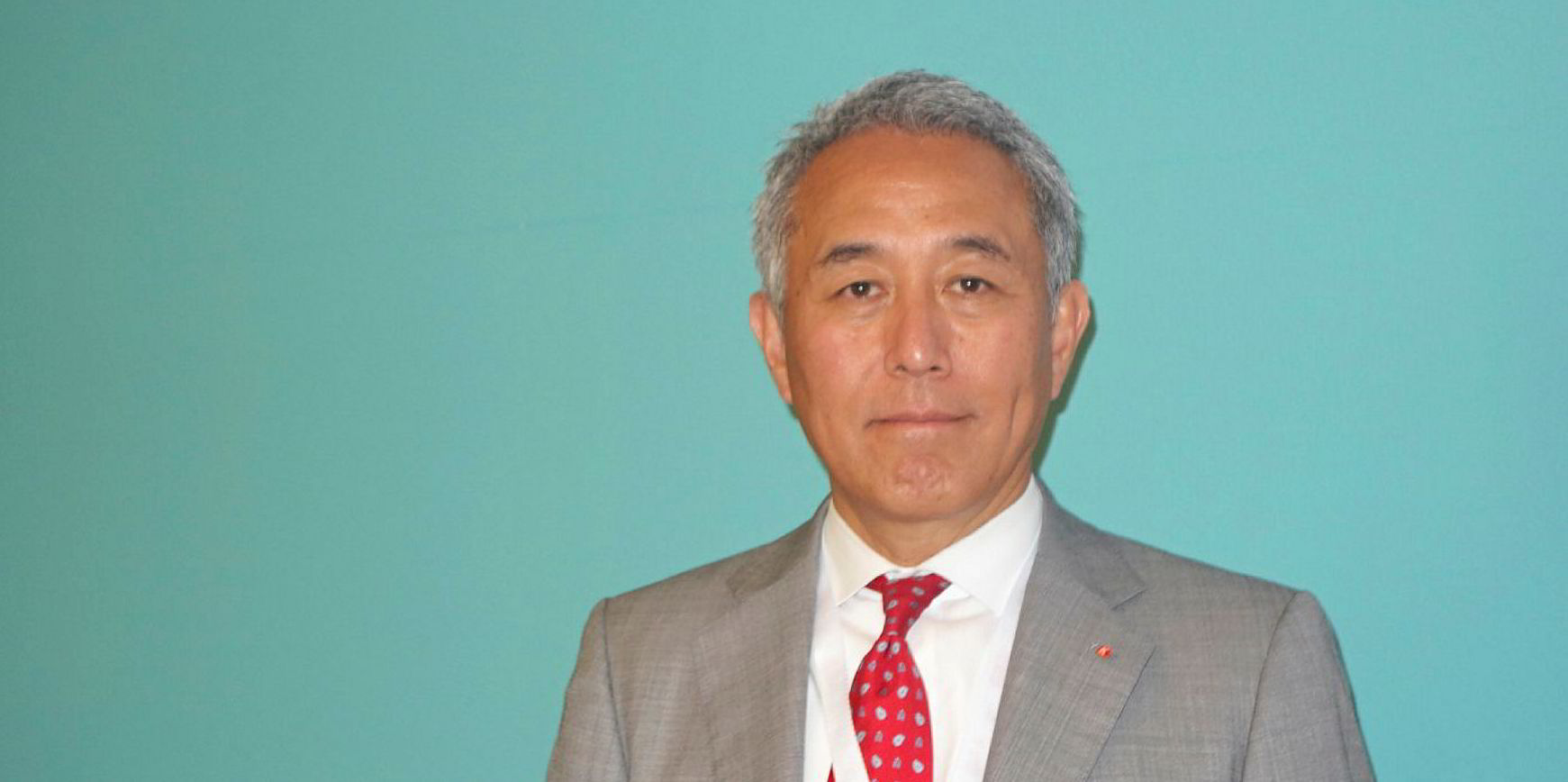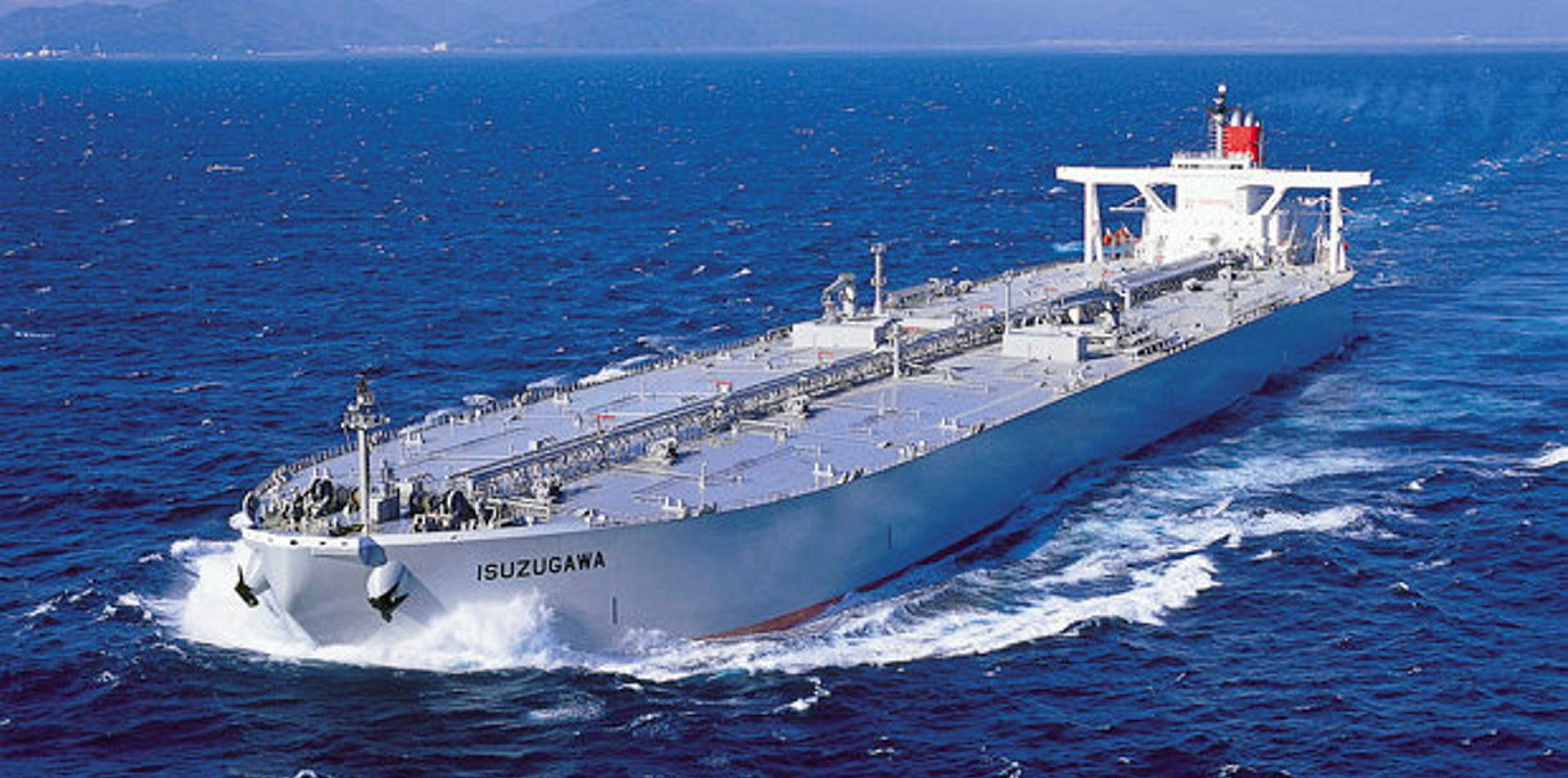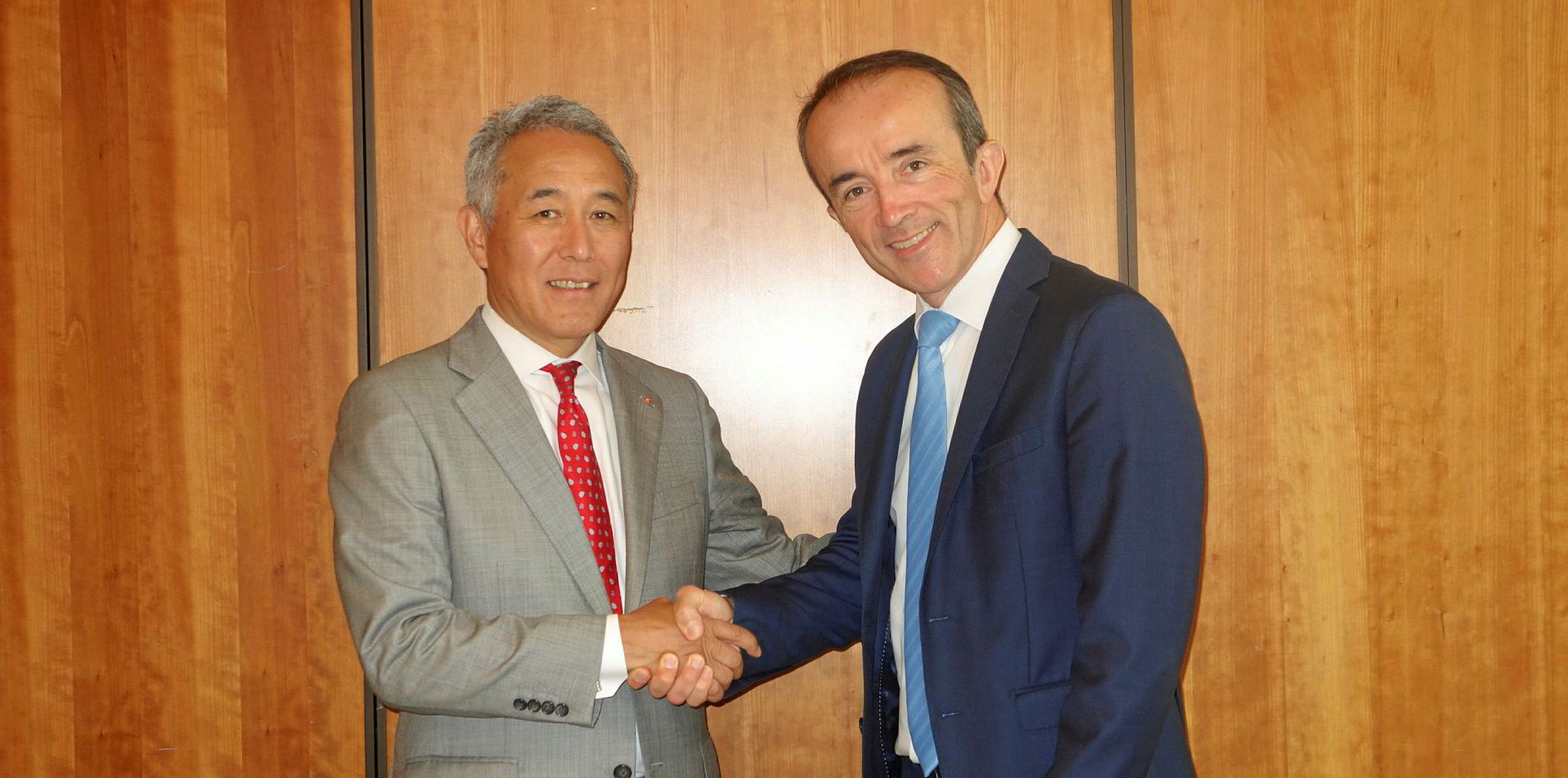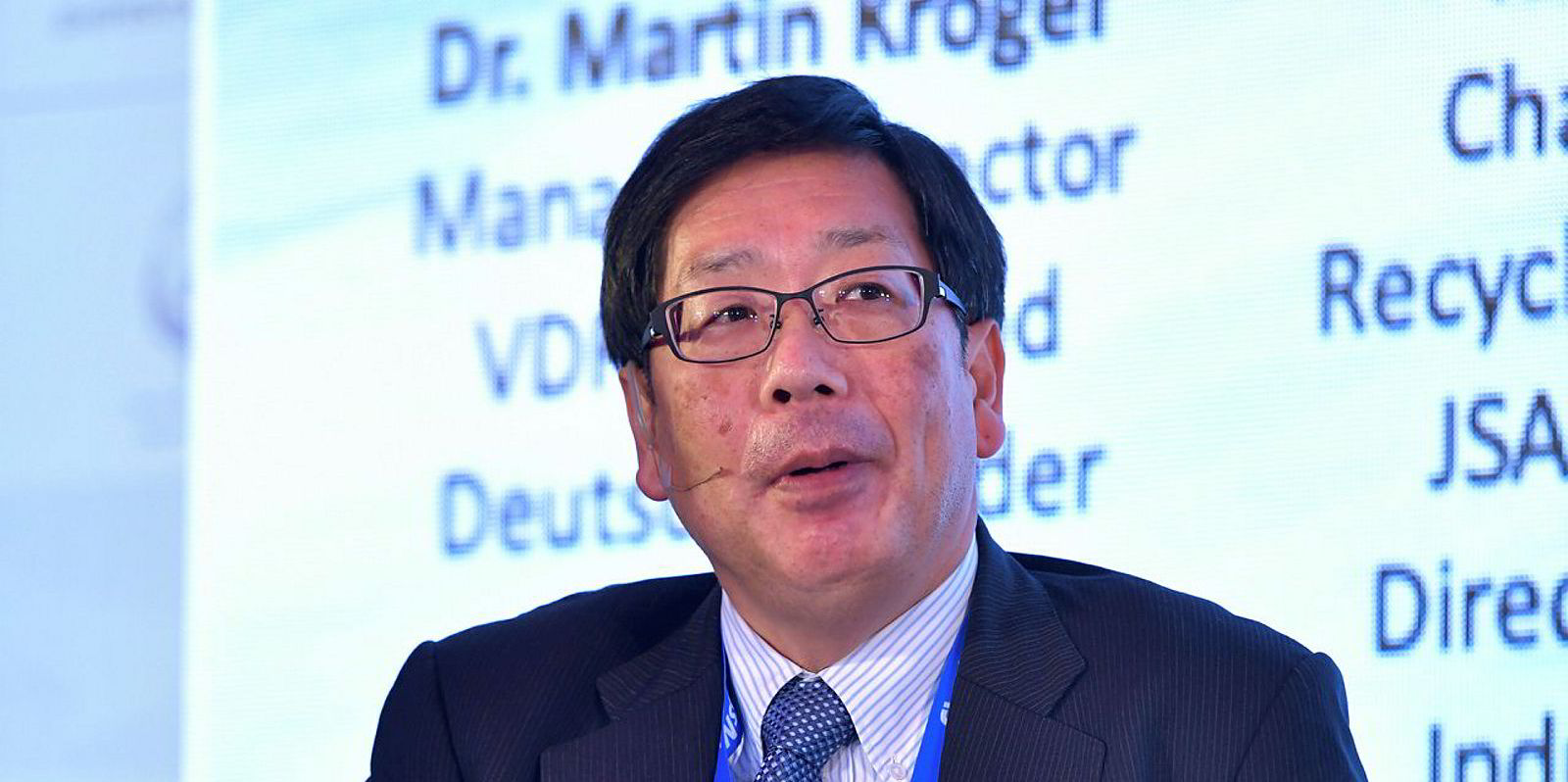K Line has opted to install scrubbers on a small portion of its fleet to meet the regulatory requirement of IMO 2020.
Speaking with TradeWinds, senior managing executive officer Atsuo Asano revealed the Japanese conglomerate — one of the world’s largest shipping companies — plans to have exhaust gas cleaning systems on 10% of its bulker fleet.
While K Line operates more than 200 bulkers, Asano said: “We are only installing [scrubbers] for the big-sized [ships], capesizes and post-panamaxes.”
Recovering costs
Asano, who leads K Line’s bulker and environmental divisions, added: “The calculation is maybe between three to five years, we can recover the costs” of having scrubber technology fitted on a capesize vessel.
With one of the most diverse fleets in the world, K Line has stated it will take a “ship-by-ship” approach to meet the IMO’s new sulphur limits in bunker fuels from 1 January next year.
As of the end of March, the Tokyo-listed company operated 520 vessels, including 234 bulkers, 90 car carriers, 64 containerships, 47 LNG carriers, 22 oil tankers and some others.
The majority of its fleet is expected to use 0.5%-sulphur compliant fuel.
According to Asano, the company will also install scrubbers on some tankers but it remains undecided over its containerships, which are operated by Ocean Network Express — a joint venture between K Line, MOL and NYK Line.
As for car carriers, K Line has so far only installed scrubber technology on the 7,500-ceu Drive Green Highway (built 2016).
As far as we continue in this business, we need to respond to all requirements — like greenhouse gas as an environmental issue
Asano points out that K Line is also seriously studying LNG bunkering and looking into hydrogen, but these fuels will more likely be options for the IMO’s next phase of emission targets.
Achievable goals
With a 2008 baseline, the UN body has set targets to reduce carbon intensity by 40% in international shipping before 2030 and total greenhouse gas emissions by half before 2050.
“One solution may be LNG fuel, which may reduce CO2 emissions” by 20%, Asano said. K Line has also signed up to install automated kites on vessels to reduce emissions by 20%, with the first installation due to take place in November 2021.
“In total, 40% [reduction] can be achievable” for the IMO’s 2030 goal, Asano said.
K Line also has its own group targets for CO2 reduction, aiming to cut emissions by 25% before 2030 and by 50% before 2050 from the 2011 level.
“We need to contribute to the society ... not only for the commercial side but for the technical side,” Asano said. “As far as we continue in this business, we need to respond to all requirements — like greenhouse gas as an environmental issue.”
However, developing and adopting new technologies to meet tighter environmental requirements can be costly. Asano insisted that this should be the industry’s responsibility as a whole.
“Shipping companies cannot absorb the costs all by ourselves ... We need to have good understanding by governments, customers, so those costs should be absorbed by everybody,” Asano said.
Green bonds
In terms of financing, K Line may look into joint projects with the public sector or environmental, social and governance investors, according to Asano. Other Japanese conglomerates such as MOL and NYK Line have issued green bonds in the domestic market.
K Line, which posted a ¥111bn ($99m) loss in the year to 31 March, had the bottom line of its bulker business hit by off-hire periods required for scrubber installations during the current fiscal year. It has stated that it aims to recover the costs in meeting the IMO 2020 rules from customers.






